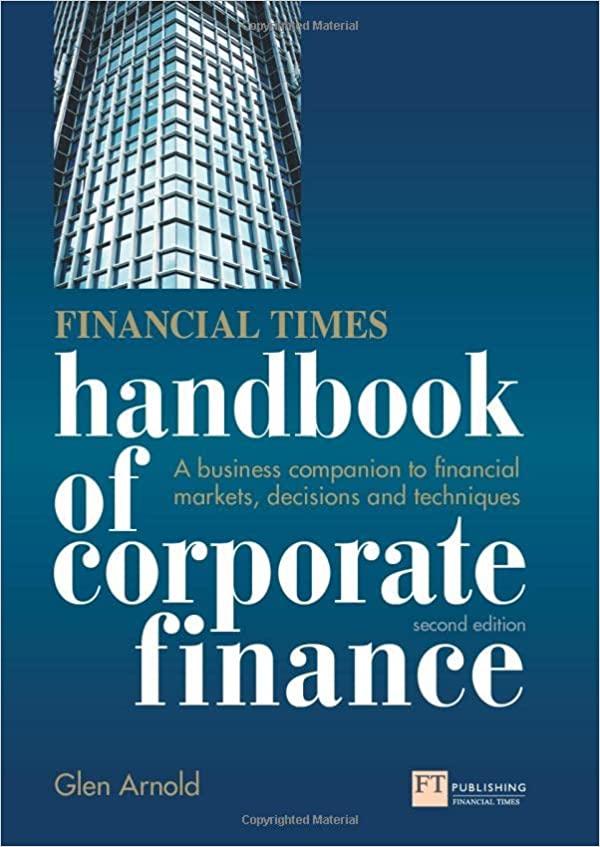Question
1.Internal Audit Standard 2010 states that the chief audit executive must establish a riskbased audit plan. According to the Standard, when developing the plan, the
1.Internal Audit Standard 2010 states that the chief audit executive must establish a riskbased audit plan. According to the Standard, when developing the plan, the following must be taken into consideration:
A. Governance, risk management and controls as discussed in KING IV.
B. The Public Finance Management Act and the Municipal Finance Management Act.
C. The organisations risk management framework, including the risk appetite levels set by management.
D. The Companys Act and JSE listing requirements.
2 External auditors seek to provide an opinion on whether the financial statements present fairly, in all material respects, the financial position of the company and its financial performance and cash flows for the period under review. Internal auditors on the other hand provide assurance on the
A. Adequacy and effectiveness of governance, risk management and control processes, which reside outside the main accounting systems.
B. Adequacy and effectiveness of governance, risk management and control processes, which relate primarily to the main accounting systems.
C. Adequacy and effectiveness of compliance with internal control, which resides outside the main accounting systems.
D. Fairness of the systems of risk management, control and governance processes, which reside outside the main accounting systems.
3.The existence of risks may hamper the achievement of objectives. Controls must be put in place to address those risks. If not
A. Success becomes likely. At the same time, controls save money and therefore are always worthwhile.
B. Failure becomes likely. At the same time, controls save money and therefore have to be worthwhile.
C. Failure becomes likely. At the same time, controls cost money and therefore have to be worthwhile.
D. Failure becomes likely. At the same time, controls cost money and therefore are always worthwhile.
4 Ensuring effective corporate governance practices is the responsibility of
A. the board of directors and the audit committee.
B. the board of directors, management and the internal audit activity.
C. management, shareholders and the internal audit activity.
D. the board of directors, shareholders, management and employees.
5.Auditors regularly evaluate controls and control procedures. Which one of the following best describes the concept of control as recognised by internal auditors?
A. Management discharges personnel who do not adhere to policies and procedures.
B. Management takes action to enhance the likelihood that established goals and objectives will be achieved.
C. Control represents specific procedures that accountants and auditors design to ensure the correctness of processing.
D. Control procedures should be designed from the bottom up the ensure attention to
Step by Step Solution
There are 3 Steps involved in it
Step: 1

Get Instant Access to Expert-Tailored Solutions
See step-by-step solutions with expert insights and AI powered tools for academic success
Step: 2

Step: 3

Ace Your Homework with AI
Get the answers you need in no time with our AI-driven, step-by-step assistance
Get Started


